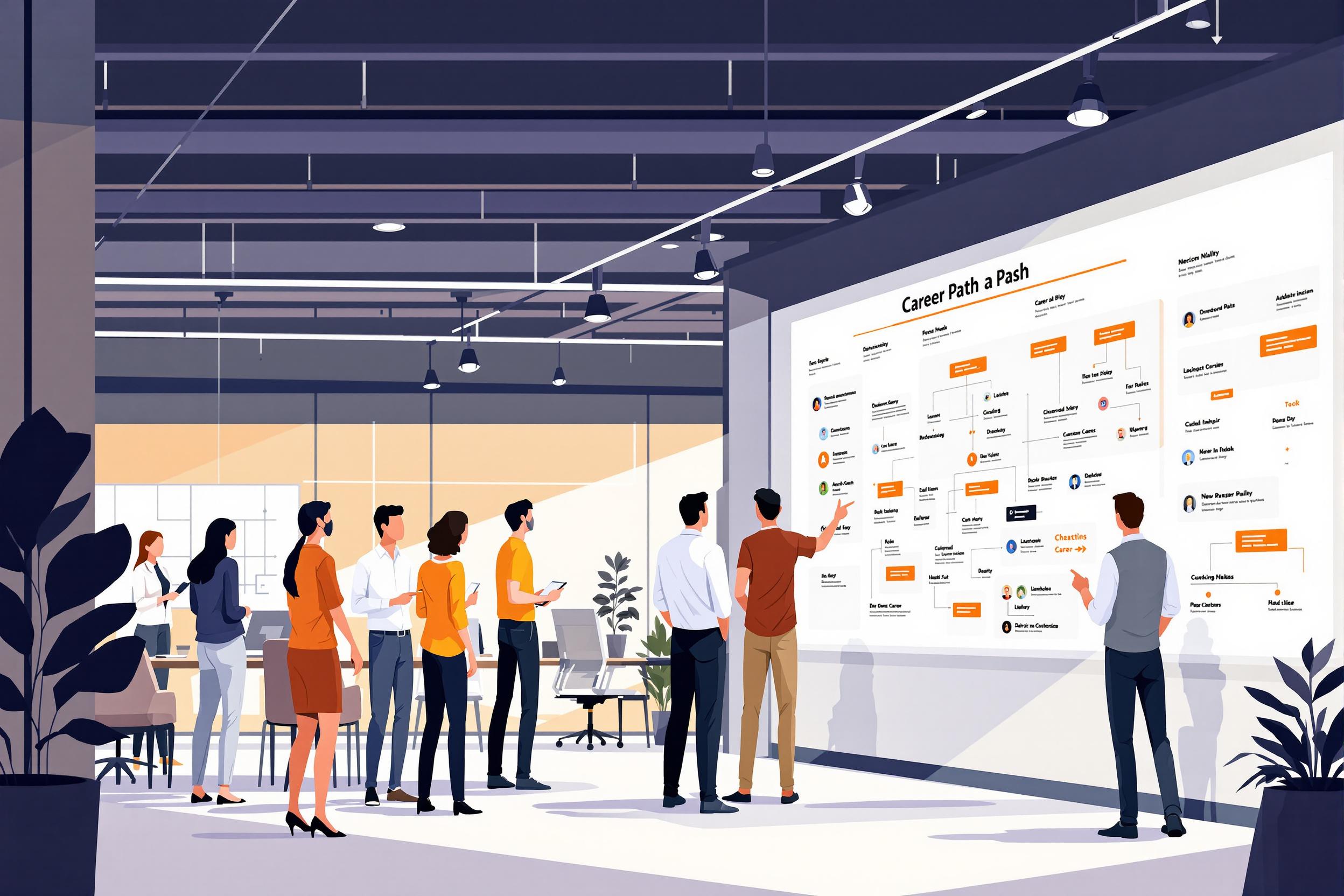
Mobility Devices
Mobility Devices are tools and equipment that help people with physical disabilities or mobility challenges move around and be more independent. This includes things like wheelchairs, walkers, canes, and motorized scooters. Professionals who work with mobility devices help assess what type of device is best for each person, teach people how to use them safely, and sometimes help maintain or customize the equipment. The field combines aspects of healthcare, rehabilitation, and assistive technology to improve people's quality of life.
Examples in Resumes
Conducted assessments and fittings of Mobility Devices for 50+ clients annually
Trained caregivers and family members on proper use of Mobility Aids and safety protocols
Managed inventory of Mobility Equipment and coordinated maintenance schedules
Customized Mobility Devices to meet individual client needs and preferences
Typical job title: "Mobility Device Specialists"
Also try searching for:
Where to Find Mobility Device Specialists
Professional Organizations
Online Resources
Industry Events
Example Interview Questions
Senior Level Questions
Q: How would you handle a complex case where a client needs multiple mobility solutions?
Expected Answer: Should demonstrate experience in comprehensive needs assessment, coordinating with healthcare teams, understanding funding sources, and creating customized solutions that work together for the client's benefit.
Q: Tell me about a time you had to develop a training program for staff on new mobility equipment.
Expected Answer: Should show leadership skills, ability to create clear training materials, understanding of safety protocols, and experience in teaching others about complex equipment in simple terms.
Mid Level Questions
Q: How do you assess which mobility device is right for a client?
Expected Answer: Should explain the process of evaluating physical needs, living environment, lifestyle requirements, and discussing options with clients and their caregivers.
Q: What factors do you consider when recommending powered vs. manual mobility devices?
Expected Answer: Should discuss client's physical abilities, home setup, transportation needs, maintenance requirements, and funding considerations.
Junior Level Questions
Q: What are the basic safety checks you perform on a wheelchair?
Expected Answer: Should cover checking brakes, tire pressure, battery charge (if powered), frame integrity, and ensuring all moving parts work properly.
Q: How would you demonstrate the proper use of a walker to a new client?
Expected Answer: Should describe step-by-step instruction process, safety considerations, and how to adjust the equipment to the right height.
Experience Level Indicators
Junior (0-2 years)
- Basic device fitting and adjustment
- Safety demonstrations
- Simple maintenance procedures
- Documentation of client interactions
Mid (2-5 years)
- Complex device assessment
- Client and family training
- Insurance and funding knowledge
- Minor repairs and customization
Senior (5+ years)
- Program development
- Staff training and supervision
- Complex case management
- Vendor and healthcare team coordination
Red Flags to Watch For
- No hands-on experience with mobility devices
- Lack of knowledge about safety protocols
- Poor understanding of accessibility needs
- No experience working directly with clients
- Unfamiliarity with insurance and funding processes
Related Terms
Need more hiring wisdom? Check these out...

Unlocking Internal Talent: Why Internal Mobility Is Your Secret Weapon in Talent Acquisition

Workforce Solutions Aggregators: The Next Big Thing You Didn't Know You Needed

How Internal Gig Marketplaces Revolutionize Employee Development

